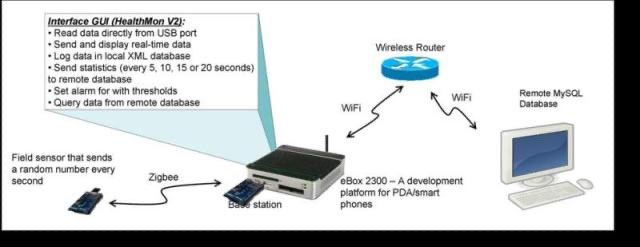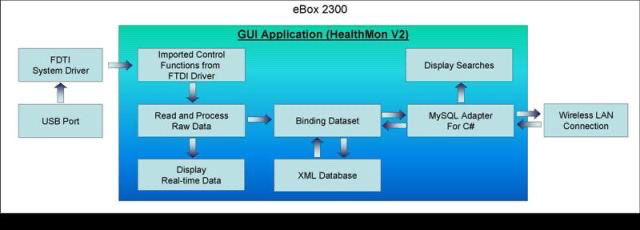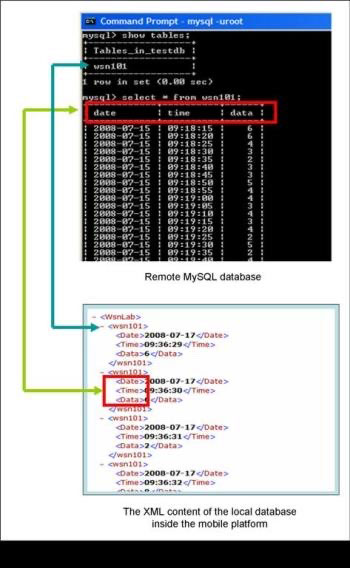Sensor Network Database, Mobile/WiFi Interfacing and Alarming
Background and Motivation
Recent Advancements in MEMS technology allow for low-cost sensor motes with processing and wireless-communication capabilities. Sensor networks are finding extensive applications in disaster area monitoring and reporting, healthcare, fire-tracking and industrial automation. Sensor motes are typically energy and bandwidth constrained, with low transmission ranges. Integrating wireless sensor networks (WSNs) with long-haul communication technologies will expland the WSN applicability to wide-area monitoring and reporting. Also, the research community is already moving in the direction of converging several wireless technologies for unified operation and to achieve the notion of data anytime, anywhere. For example, local networks of medical sensors can collect patient information and send it to WiFi back-haul for wide-area distribution and surveillance. The key challenge for this realization is to develop software suites that will seamlessly store and transfer the sensed data across heterogeneous wireless platforms i.e. seamless communication across different wireless standards.
Benefits of Mobile/WiFi/Sensor Network Integration
Smart phone technology is developing drastically, with support for multimedia contents USB and WiFi interfaces. Data anytime anywhere cannot be achieved without the mobile network component. For example, when medical sensors log the patient data into WiFi network servers, it allows for wide-area distribution. However, the doctors have to be logged in the internet to monitor the patient information. If we need to support emergency services, information accessing has to go one-step further, i.e methods to alarm the doctors even when they are sleeping or travelling. If WiFi platform can identify emergencies from the local sensor data and automatically call/sms a doctor though the cell-phone network, it will truly be mobile healthcare. Our team focuses on extending the current sensor-WiFi integrated solutions with the additional mobile component for mobile monitoring and alarming.
Network Layout 1

Software Architecture
The entire appilcation is written in C#. It can be maintained and upgraded easily because the only dependence is the .NET Compact Framework. It can be run under any operating system(PCs and PDA/smart phones) that supports .NET Compact Framework. It can access the remote MySQL database directly.

Database Structure
Mobile platforms have very limited resource. The data storage/retieval is a multi-thread appplication and has excellent resource management. It can be run in the background while the PDA/smart phone is performing normal tasks. The Dataset (native .NET Compact Framework class) is used to seamlessly bind the remote MySQL database with the local XML database.

Prototype Demonstration
Demo on a PDA with WiFi access.
